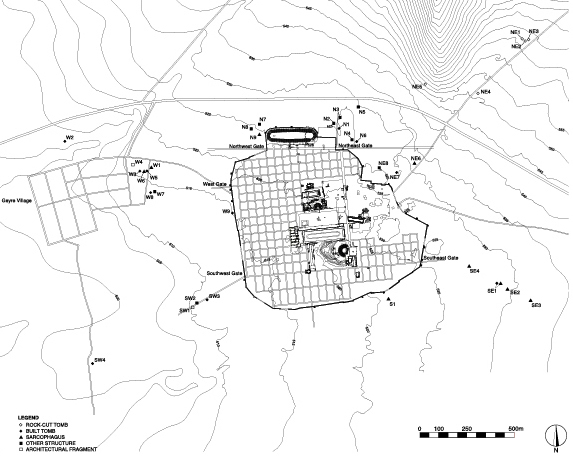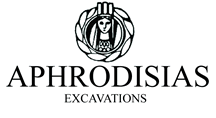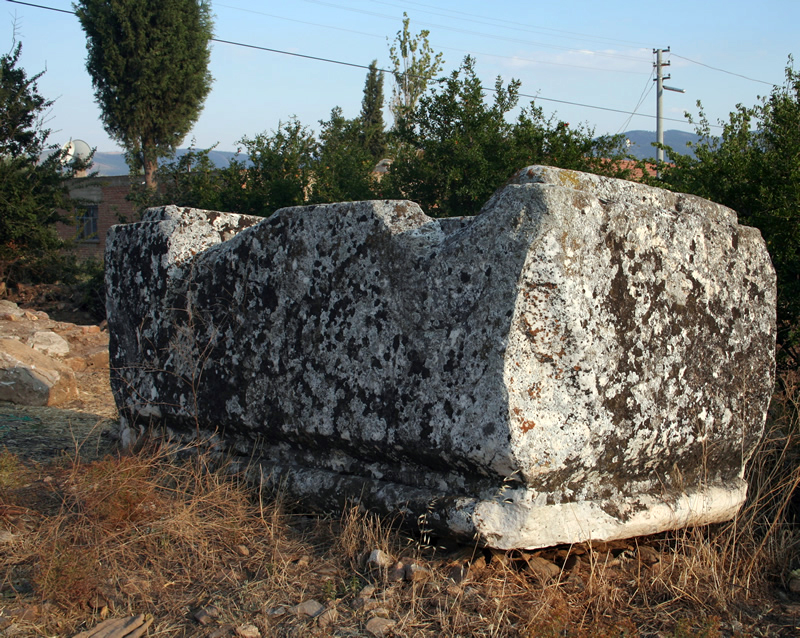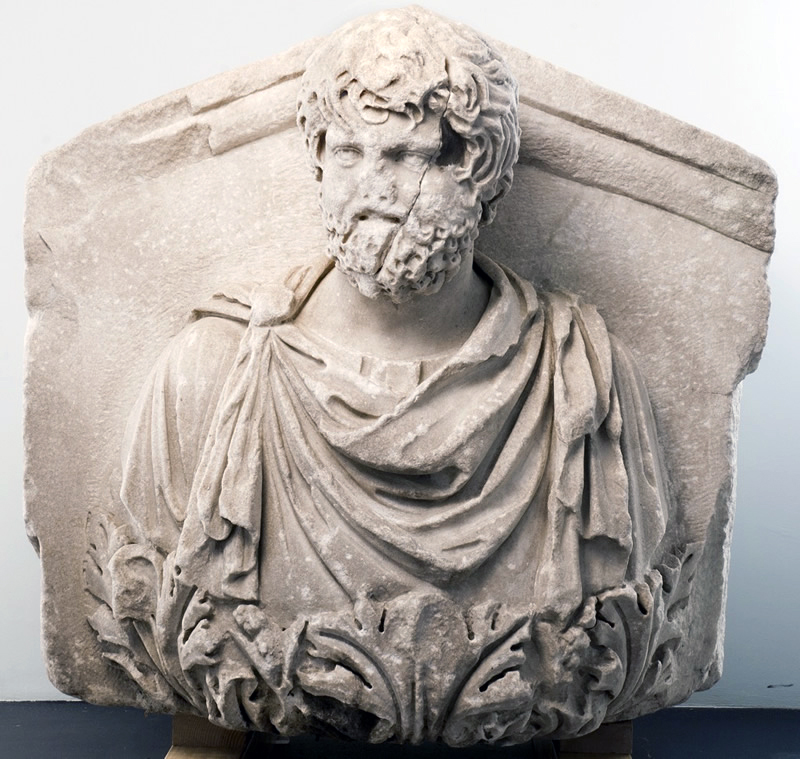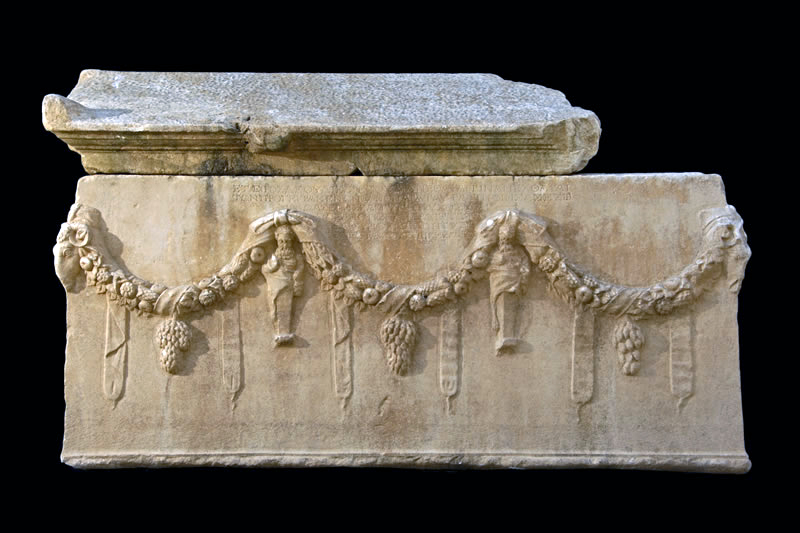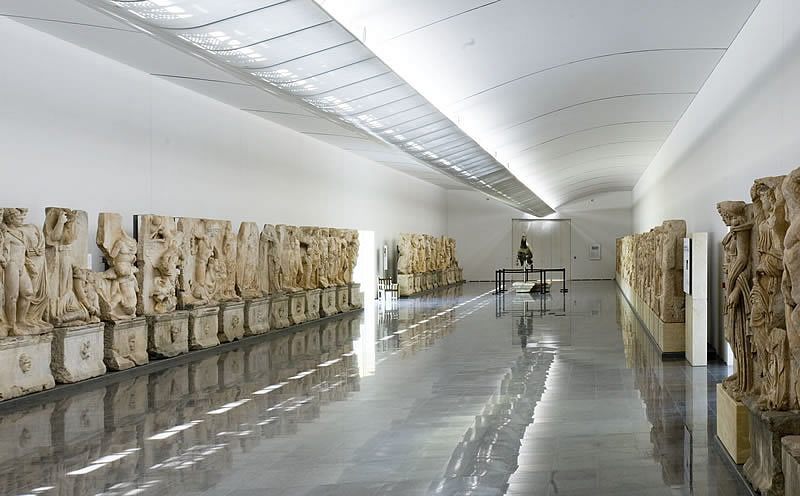Cemeteries
Tombs were located outside the city where they were not contained in discrete bounded areas, like modern cemeteries; instead they occupied sprawling necropolis areas along the roads in and out of town. Funerary monuments were a major business for the local marble workshops. Tomb buildings could carry portraits statues and busts. More modest burials were marked by gravestones (stelai). Aphrodisias also has a large collection of gladiator reliefs from the tombs of entrepreneurs who owned gladiator and beast-hunter ‘schools’. (These trained fighters were for hire to the providers of the Roman-style games put on in the city in honour of the emperors.) By far the largest category of funerary monument, however, was marble sarcophagi — large, expensive, often richly decorated marble coffins that proliferated especially in the later second and early third century AD. Aphrodisias has an unusually large number surviving, visible outside and around the Museum.
